Astrophysicist Claims Voyager 1 Would Be Visible in Deep Space Despite Being Close to 15 Billion Miles From the Sun
An astrophysicist has offered a unique perspective on a captivating question: could we see NASA’s Voyager 1 probe if we were to travel alongside it billions of miles away from the Sun in the vastness of space?
Speaking with Business Insider, he explained that if we flew beside the Voyager 1 craft, there would surprisingly be enough light to observe the craft. The scientist shared his opinion following a considerable debate on Reddit, shedding light on a question that many failed to answer.
Space Exploration
Over the past century, humanity’s fascination with the stars has only grown, and science is now in a position that allows us to explore other regions in our galaxy.
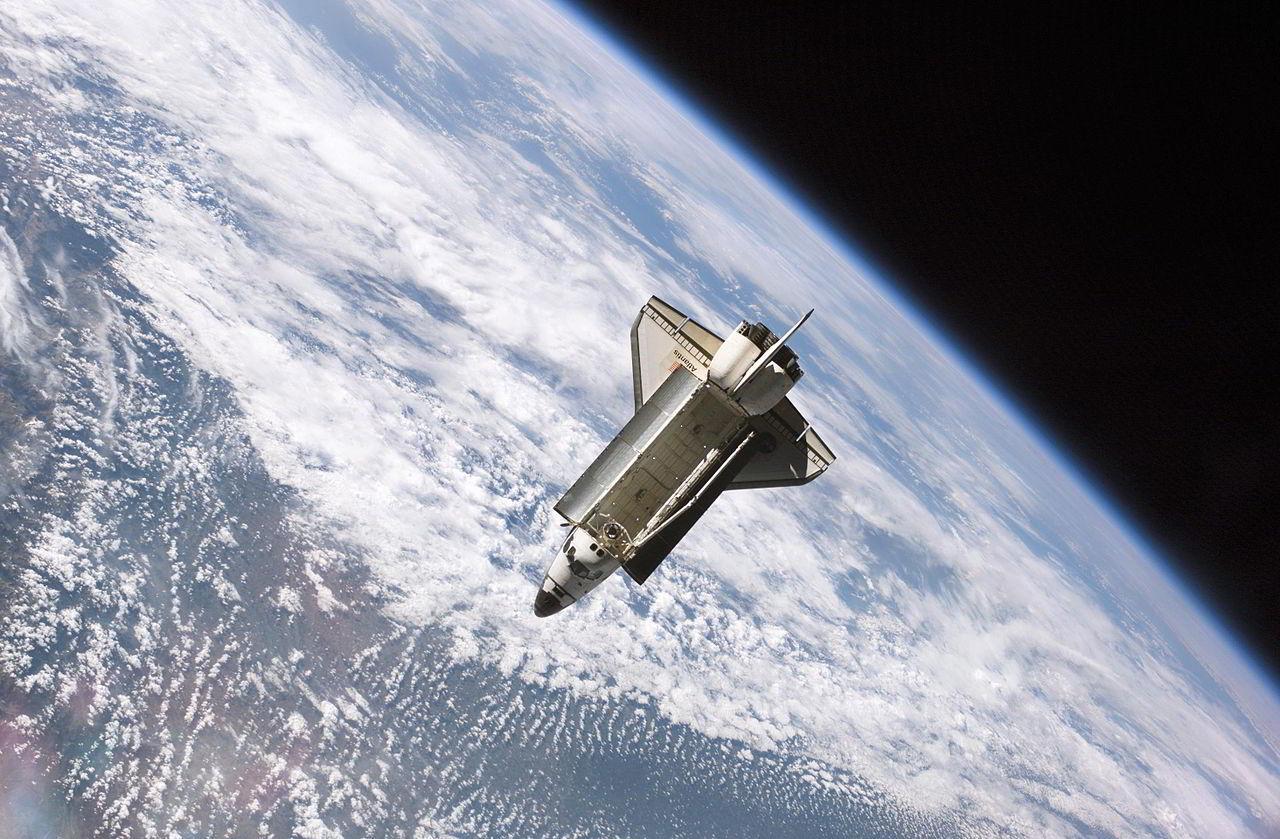
Source: Wikimedia
Advancements such as the release of the James Webb Space Telescope in 2021 have allowed researchers to peer further back in time than ever before. Meanwhile, headway in spacecraft capabilities has allowed us to send unmanned craft into the depths of space on reconnaissance missions.
Voyager 1 Drifts Alone in Space
One such mission saw the Voyager 1 probe embark on a one-way journey into the depths of space in 1977. According to NASA, as of April 2024, the small craft is still sending updates back to Earth.
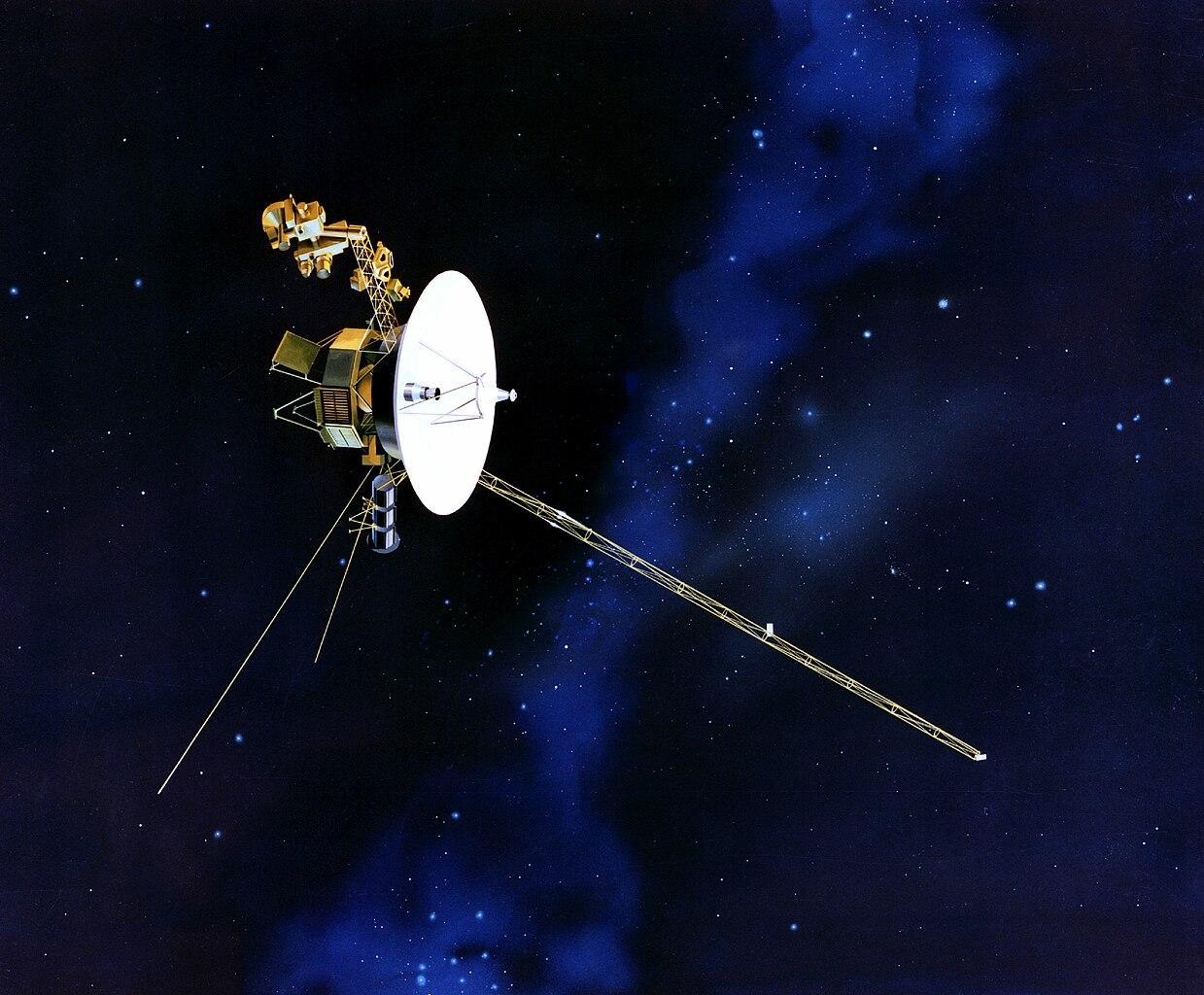
Source: Wikimedia
Over the past five decades, the probe has ventured deep into our galaxy and is currently recognized as the farthest man-made object from our world. It continues to travel around 15 billion miles from the sun.
The Achievements of the Voyager Probes
Despite occasional glitches, the Voyager probe has continued its journey into interstellar space, sending back invaluable data to Earth. Its unique achievements stand as a testament to human ingenuity and the spirit of exploration.

Source: Wikimedia
Speaking on the achievements of the Voyager 1 probe and its journey into deep space, Alan Cummings, a cosmic-ray physicist at Caltech, said, “These are the only spacecraft that has been there.”
NASA’s Voyager Craft
The Voyager craft has provided NASA researchers with compelling images of our solar system, significantly expanding our knowledge of the celestial bodies.
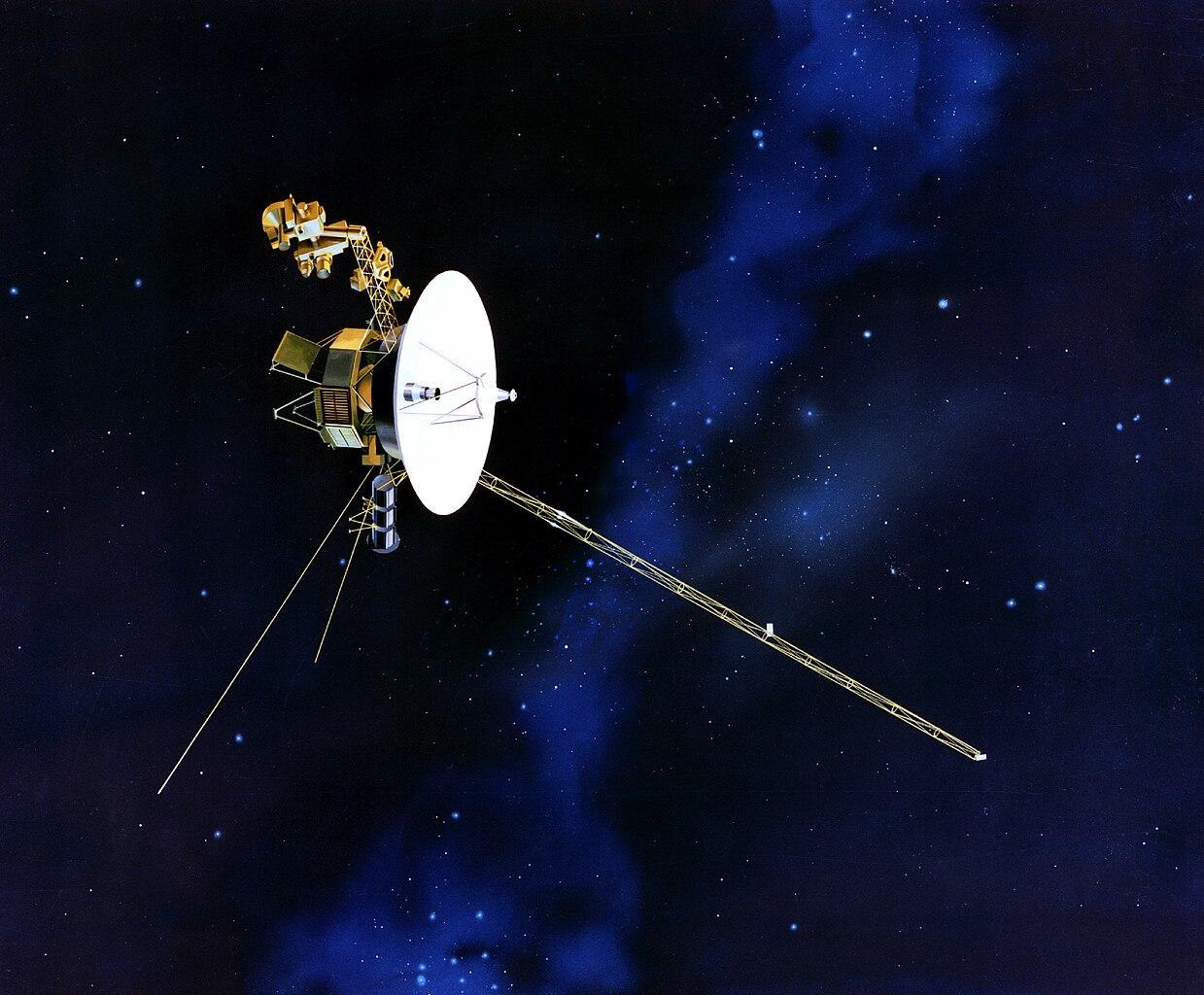
Source: Wikimedia
Despite having an original mission time of only five years, the project continues to help NASA further its understanding of the universe, and its impact is felt to this day.
Beyond the Magnetic Pull of the Sun
Despite the groundbreaking early images of celestial bodies in our solar system, including the detection of volcanic eruptions on Jupiter’s moon Io and the Icy Europa, Voyager has made other landmark achievements.

Source: Wikimedia
One of the most fascinating is that the small craft has ventured beyond the magnetic pull of our sun and is currently around 15 billion miles away from the celestial body that warms our planet.
Questions for Voyager 1
Anyone who has followed the story of the Voyager’s journey cannot help but wonder what it’s like out there in the depths of space. What has the probe seen, and how long will it take to report back?
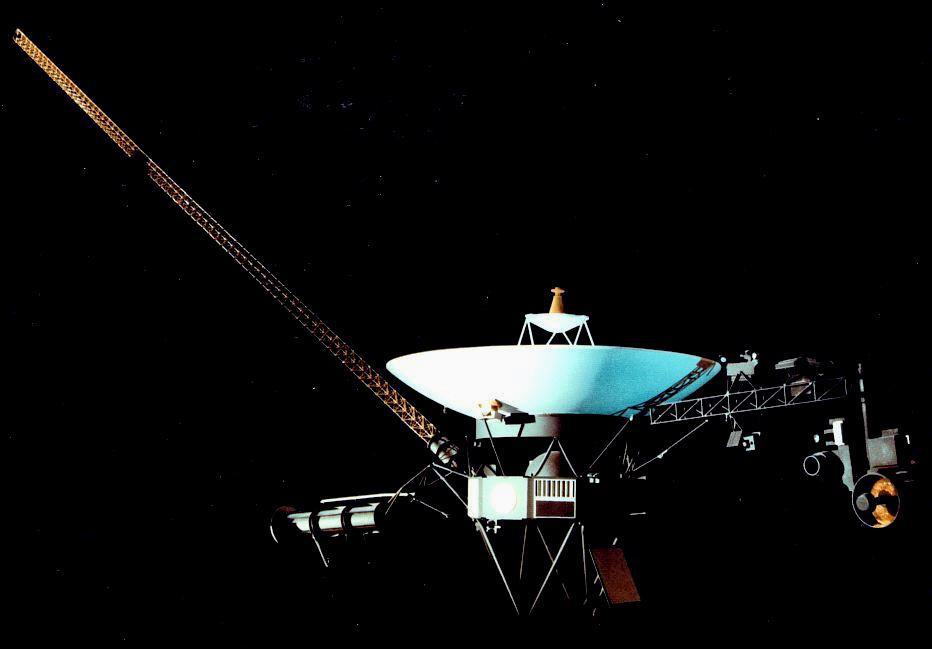
Source: Wikimedia
Others are more interested in its distance from the sun and whether any light exists that far from our star. Could we even see the probe if we floated beside it, or would it be nothing but darkness?
Reddit Users Ask Similar Questions
It turns out a user of the popular forum Reddit asked a similar question: “If we were somehow able to stand next to Voyager 1 in space, would we be able to see it?”

Source: Freepik
While it’s a great question, as the Voyager is at such an unimaginable distance from the sun, many were quick to suggest there would be no light at all. However, this might not necessarily be the case.
Getting to the Bottom of the Question
To get to the bottom of the question, Business Insider employed the help of Michael Zemcov, an experimental astrophysicist and professor at Rochester Institute of Technology,

Source: Freepik
Zemcov first acknowledged the fascinating question, stating, “Oh, gosh, that’s, so this is a really interesting question.”
Photons in Deep Space
The astrophysicist followed it up by suggesting that even in the depths of space where Voyager is currently floating, it’s still relatively bright.

Source: Dwxn/Wikimedia Commons
Researchers have suggested there are several reasons behind this, the most obvious being that there are many sources of photons, the particles that makeup rays of visible light. But would there be enough to visibly see the Voyager 1 craft?
Astrophysicist Breaks Down Question With Math
The astrophysicist broke the question down and proceeded to apply maths to the equation, which enabled him to come up with an answer to the highly debated question.

Source: Freepik
According to Zemcov, you first take Voyager’s distance and compare it with the distance between the sun and Earth.
Astrophysicist Uses Calculations to Gauge Level Light in Space
Zemcov continued by explaining that this distance can be used to calculate the amount of light there would be for objects as far away from the sun as Voyager 1.

Source: Wikimedia
Despite the enormous distance that separates the Voyager craft and the sun, he emphasized that scientists still don’t know if there’s a limit to how far light can travel.
How Much Light Would There Be?
So, according to Zemcov’s maths, there would still be a sufficient level of light even that deep in space.

Source: Wikimedia
“This leaves you with an estimate of about 25,000 times fainter than the brightness during the day on Earth. That’s still about 15 times brighter than the light Earth gets during a full moon on a clear night,” he said.
Light in the Depths of Space
So, if we take into account everything that Zemcov has suggested, if you were floating in the depths of space alongside Voyager 1, there’s a good chance you would see the craft.

Source: Wikimedia
While this seems surreal to many, as remember the probe is currently close to 15 billion miles away from our sun and Earth, it is certainly plausible that the Voyager craft would be visible if you were floating beside it.
Catching a Glimpse of the Voyager
According to Zemcov, it doesn’t mean it would light up like a Christmas tree; however, there would be enough light present to catch a glimpse of it.

Source: Wikimedia
“In that much light, you would definitely be able to see the side of the probe facing the sun in detail, though you might not be able to see all of its colors,” he said.
Voyager Will Remained Illuminated for a Long Time
The Voyager probe will continue traveling across our galaxy for quite some time unless something unfortunate occurs, and thanks to the sun’s sphere of influence, it will remain illuminated.
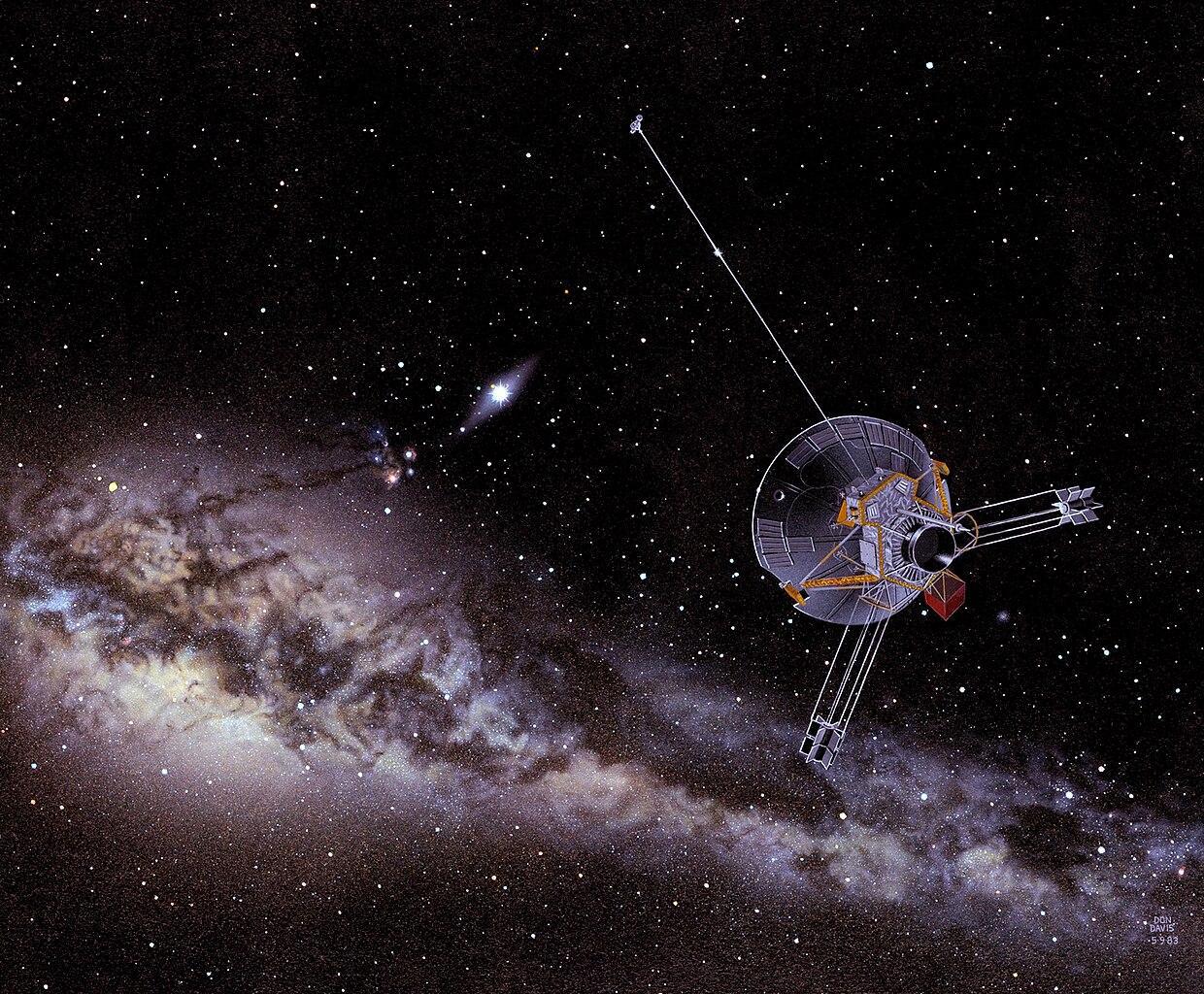
Source: Wikimedia
Zemcov explained the probe will continue to shine under the sun’s light for hundreds and, quite possibly, thousands of years.
A Lot Further to Go
While the astrophysicist admits the probe has traveled a staggering distance over the past decades, in terms of the size of the universe, it has traveled very little.
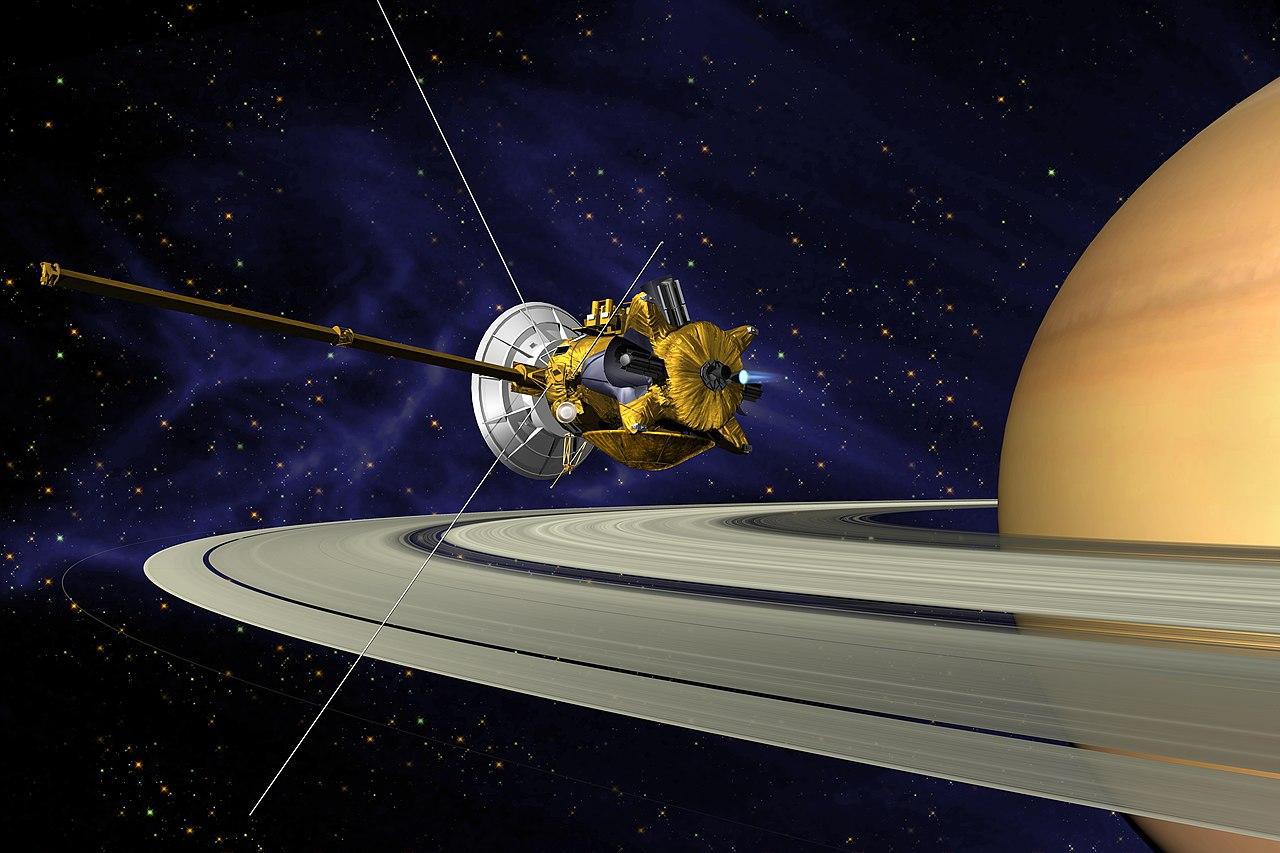
Source: Wikimedia
“The point is, in terms of that distance, like Voyager has hardly gotten anywhere,” said Zemcov, speaking on the vastness of our universe and its sheer size.
A Better Understanding of Interstellar Space
Shortly before Voyager 1 left Earth in 1977, a twin probe, Voyager 2, launched from Cape Canaveral in Florida.

Source: Freepik
It was initially directed towards Saturn and Jupiter and even flew by Neptune and Uranus, making it the only spacecraft to visit the ice giants.
Voyager Probes Complete Their Missions
Voyager 1 and 2 completed their primary missions several years after they were initially launched.

Source: Wikimedia
They continue to send home data as they journey through interstellar space, but certain problems have occurred over the years, putting the craft in jeopardy. Most recently, NASA researchers spent five months trying to re-establish communication with the probe.
Problem Detected in November
Reports suggest a problem with the Voyager 1 craft appeared in early November of last year. While NASA claimed to still be in contact with the craft at the time, the information was unreadable.

Source: Freepik
This kicked off what would become a five-long effort to solve the problem. Yet, troubleshooting problems on a craft that is 15 billion miles away isn’t exactly easy. However, the NASA engineers were able to solve the problem in the end.
Voyager Probe Phones Home
After five long months of limited contact, NASA researchers arrived at work this past April to the news that their nomadic probe had finally called home, per NBC News.

Source: Shutterstock
For those involved in NASA’s longest-running space mission, the call brought a huge sigh of relief, and joy spread throughout the office.
NASA Researchers Over the Moon With News
Linda Spilker, the project scientist for the Voyager 1 mission at NASA’s Jet Propulsion Laboratory in Pasadena, California, said “That Saturday morning, we all came in, we’re sitting around boxes of doughnuts and waiting for the data to come back from Voyager.”

Source: Freepik
She continued, “We knew exactly what time it was going to happen, and it got really quiet and everybody just sat there and they’re looking at the screen.”
Celebrations in the Room
As the call came through, Spilker said the entire room erupted into a celebration.

Source: Freepik
“There were cheers, people raising their hands,” she said. “And a sense of relief, too — that OK, after all this hard work and going from barely being able to have a signal coming from Voyager to being in communication again, that was a tremendous relief and a great feeling.”
Voyager 1 Continues to Explore the Universe
Voyager 1 will continue to venture farther from Earth as it goes where no craft has ever been before.

Source: Wikimedia
While Spilker admits it will be a sad day when the mission ends, the Voyager craft will live on as “our silent ambassadors” and will be remembered as pioneers of interstellar space exploration.
